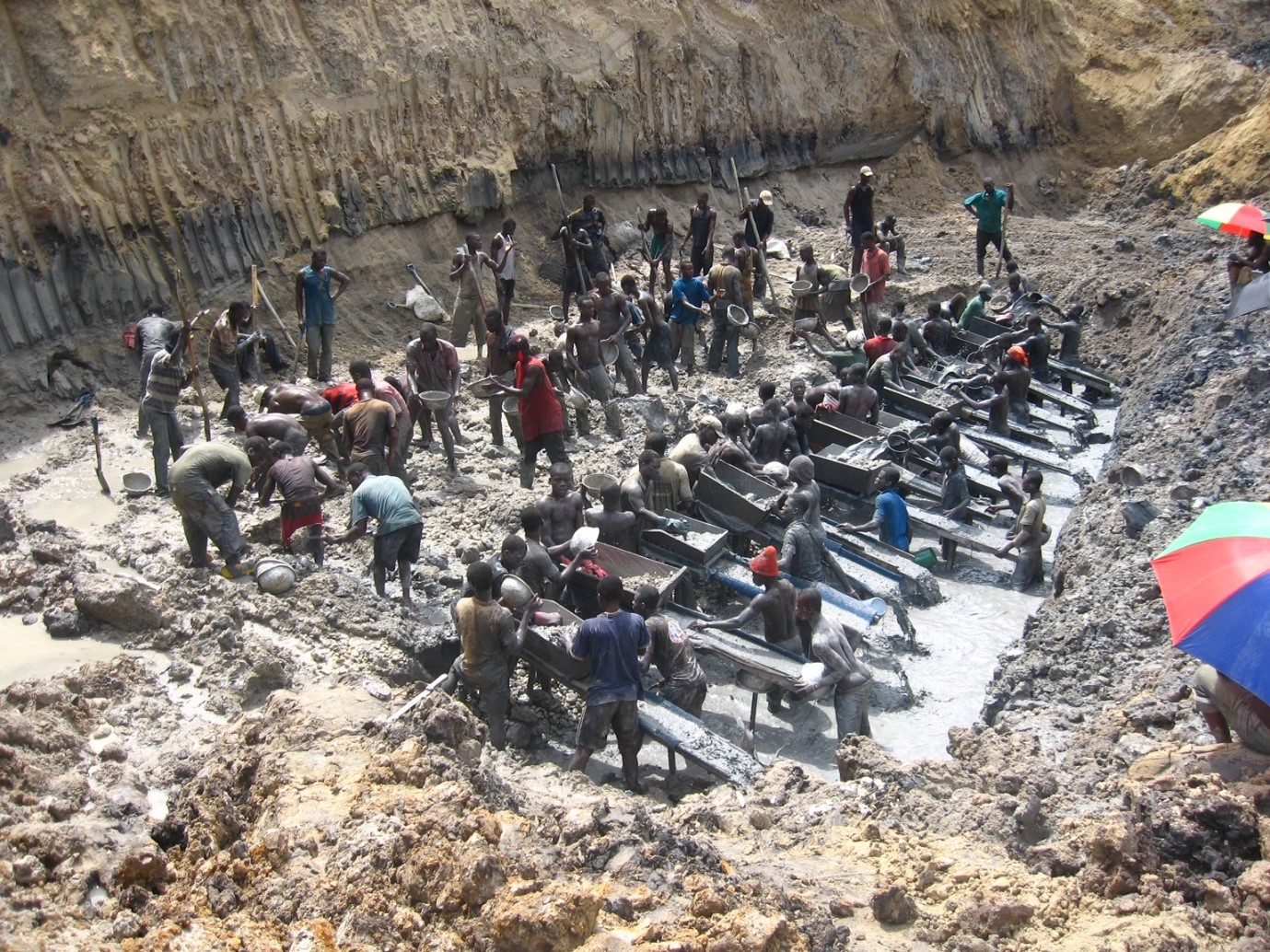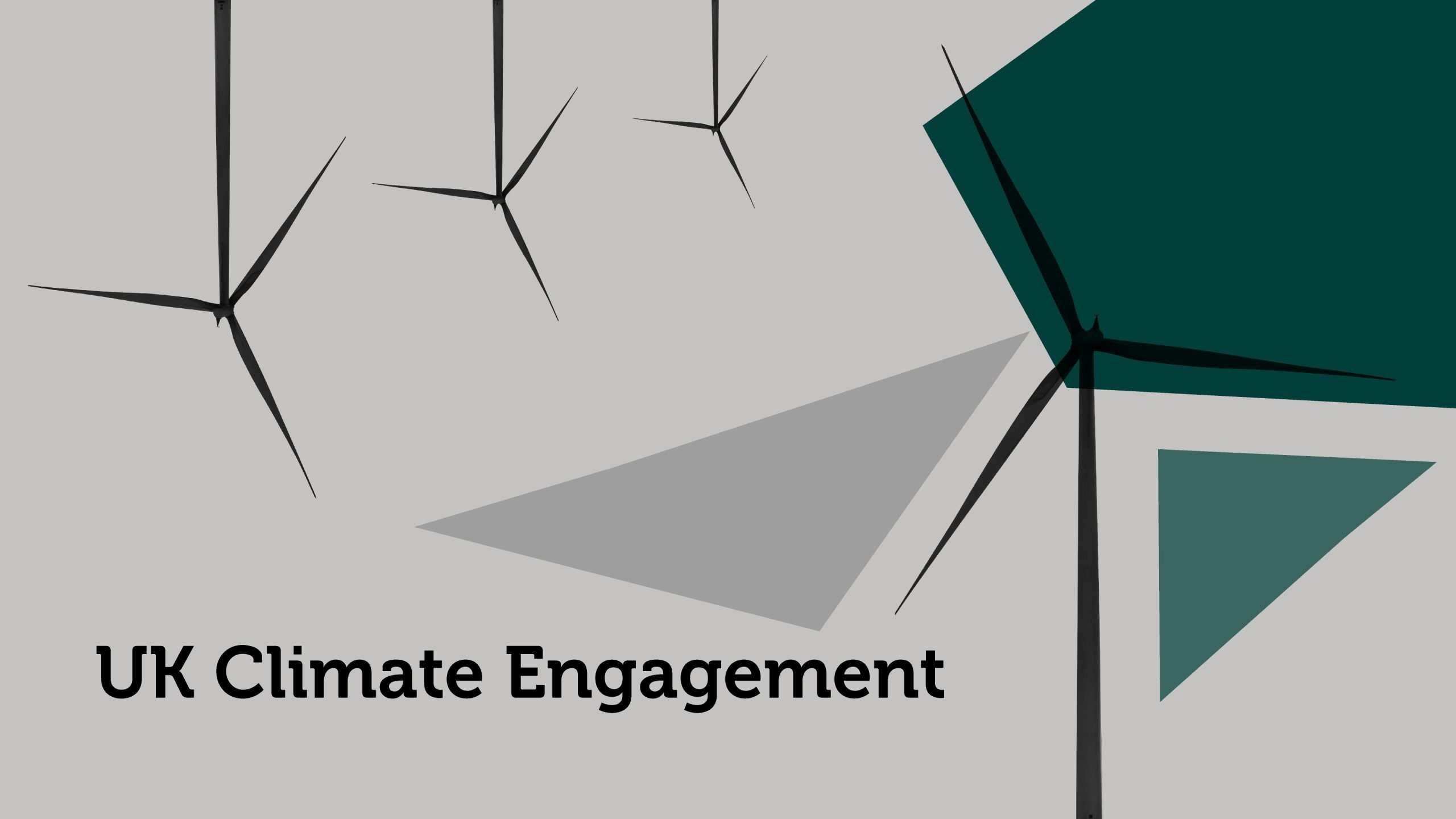December 10th marked the 75th anniversary of the Universal Declaration of Human Rights, which is generally considered the foundation of human rights law and a great influence on the European Convention on Human Rights (‘ECHR’) which came into effect in 1953.
The UK was the first country to ratify the ECHR[1], and this fact is somewhat at variance with the position of James Cleverley, the current Home Secretary, who recently wrote “I am unable to make a statement that, in my view, the provisions of the Safety of Rwanda (Asylum and Immigration) Bill are compatible with the Convention [ECHR] rights, but the Government nevertheless wishes the House to proceed with the Bill.”[2]
The current UK politics of human rights are not the focus here, but it does demonstrate the debate over human rights was not settled with the declarations in the years following World War II, when so much incredible international collaborative work was done.
Our concern is on how we handle the matter in a portfolio context and specifically in the context of our exposure to mining companies, where human rights risks are more elevated.
This past year has been one of learning and development in how we think about human rights, and as is often the case, the more you learn the more you realise how little you know.
Reading books like Jeremy Paxman’s Black Gold (history of coal mining in the UK) and Siddharth Kara’s Cobalt Red (current cobalt mining in the Democratic Republic of Congo)
drives home how through time mining has been such a brutal industry, one that has been marked by dreadful working conditions, unbelievable tragedies, negative impacts on local communities and inflicting damage on the local environment and a driver of global climate change.
Yet, it has also driven incredible economic growth and huge advancement for society in terms of prosperity and raising living standards for most people. For an investor, it might be easier to strike a line through the sector and move on, but that’s not our approach and not one that does anything to solve the problems inherent in the industry, nor one that helps in delivering the transition metals needed for the energy transition.
Black Gold is worth a read if you wish to understand how coal was a major factor in the success of the British empire, underpinning the success of the Royal Navy, how it created vast wealth, but also led to great misery and a fraught relationship between employers and employees that resulted in a historic political turbulence and prolonged strikes, with the coal miner strikes of the 1970s and 1980s being the most famous.[3]
If you are curious to see how bad conditions were, read the testimony of Patience Kershaw and others from a Royal Commission into Children’s Employment in Mines 1842.[4] Cobalt Red illuminates the dark side of the smart phone and EV revolution, how it is near impossible to properly balance the need for such metals without terrible local consequences and how difficult it is to ensure metals tainted by child labour or aspects of modern slavery don’t end up in the supply chain… and ending up in a smart phone or electric vehicle in the developed world.[5] You can read an extended review of the book in the New York Times (behind a paywall).
The biggest leap in learning for us this year was driven by two events. Firstly, Redwheel hired Jessica Wan to be the Social Lead within Greenwheel – Redwheel’s sustainable and thematic research platform, bringing with her deep human rights knowledge from a career that has included working for International Labour Organisation, and then in consultancy roles helping corporates identify human rights risks within their operations, supply chains and customer base. Jessica has hugely improved our approach, introduced a new human rights framework, and then supported investment teams in adopting the framework.
Secondly, an engagement with one of our mining companies has been a thoroughly educational experience in how challenging it is to conclude on whether a company has sufficiently addressed its human rights impacts and provided access to remedy. This particular company has made great progress in cleaning up legacy problems and adopting international best practice. But questions remain and various stakeholders are yet to be convinced. Ensuring that there is actual good practice on the ground, that legacy issues are adequately addressed, and that future risk of recurrence is minimal, is a difficult judgement to make.
There are many stakeholders in mining, beyond the usual corporate, shareholders, employees, suppliers, and customers, who also have a very strong… stake. There is the local community, many of whom may not benefit from a mine, but may see their livelihoods impacted when waterways are polluted or when indigenous land rights are taken away; local, provincial, and national governments compete for a share of equity and taxes; various NGOs or other representative organisations will represent human rights, environmental issues or pursue specific grievances.
Conflicts are evident across the stakeholder spectrum and made assessment and resolution less than easy.
Simple sounding solutions like monetary compensation may ignore cultural issues or the fact that no price can be put on damage to sacred sites. Compensation itself may prompt more claims, sometimes without basis. Should mining companies have open purses for all claims, for all time, to atone for past guilt?
Artisanal Mining

Source: Photo by the author, May 2010.
Other tricky questions include artisanal mining, which can play a crucial role in poverty alleviation and rural development but may be illegal in some countries or fraught with compliance problems in ensuring it is free of modern slavery or child labour. Site security can cause problems, poorly trained local police or private security have caused many deaths, while site invasion and illegal mining are real problems for mining companies.
In conclusion, the assessment of a corporate’s management of its human rights risks is rarely ever final. It is based on trust in management, of strong processes, independent verification, meaningful and open dialogue with local communities, including respecting free, prior, and informed consent, and civil society and ultimately in their operating record, and the assessment of any of these may change with time or with more information.
However, it is worth the effort, supporting good mining companies in turn can support economic and social development and economic growth, and we believe these companies will be a big factor in transitioning society to a low carbon future. In all the ambiguity of what is meant by a Just Transition, there is no ambiguity for us that human rights are central to a Just Transition in the mining of transition metals.
Sources:
[1] https://www.amnesty.org.uk/what-is-the-european-convention-on-human-rights
[2] https://assets.publishing.service.gov.uk/media/65709c317391350013b03c36/Rwanda_Bill_as_introduced.pdf
[3] Black Gold: The History of How Coal Made Britain, Jeremy Paxman, HarperCollins Publishers, 2022
[4] https://calderdalelocalstudies.wordpress.com/2022/08/10/the-royal-commission-into-childrens-employment-in-mines-1842-a-halifax-example/
[5] Cobalt Red: How the Blood of the Congo Powers Our Lives, Siddharth Kara, St. Martin’s Press, 2022
Key Information
No investment strategy or risk management technique can guarantee returns or eliminate risks in any market environment. Past performance is not a guide to future results. The prices of investments and income from them may fall as well as rise and an investor’s investment is subject to potential loss, in whole or in part. Forecasts and estimates are based upon subjective assumptions about circumstances and events that may not yet have taken place and may never do so. The statements and opinions expressed in this article are those of the author as of the date of publication, and do not necessarily represent the view of Redwheel. This article does not constitute investment advice and the information shown is for illustrative purposes only.

